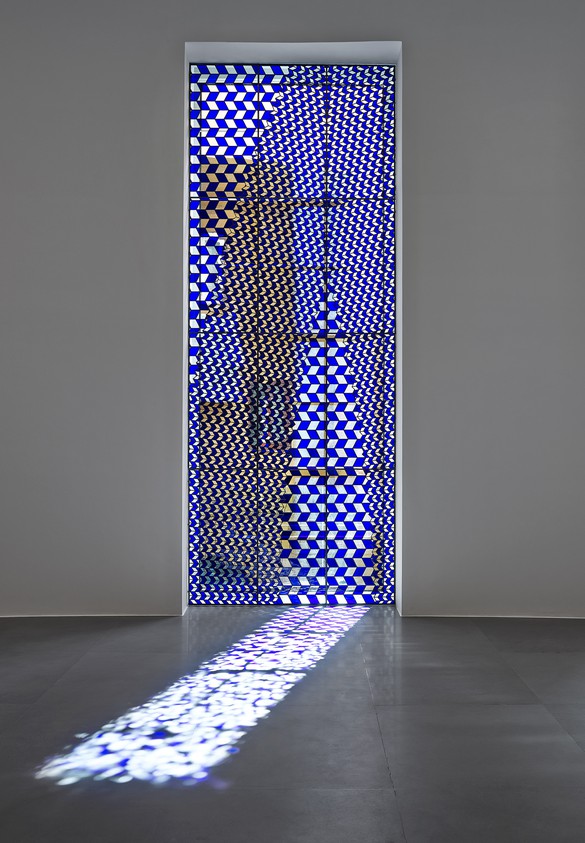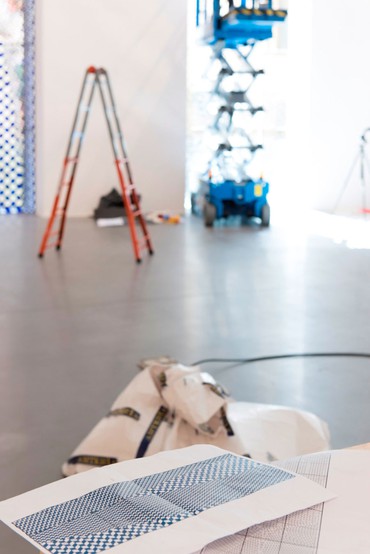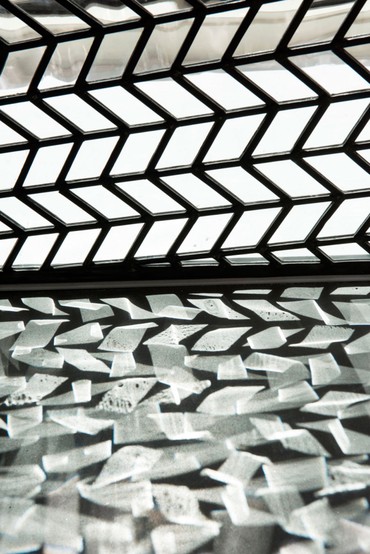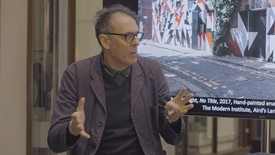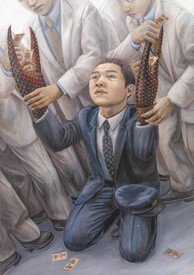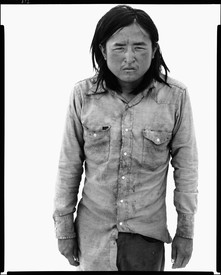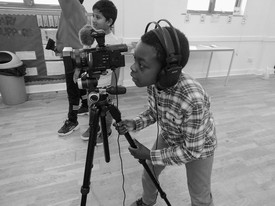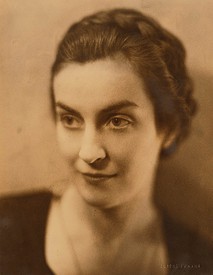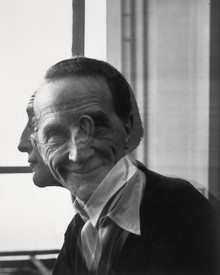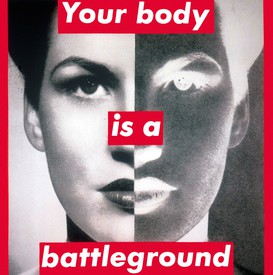
Louise Neri has been a director at Gagosien since 2006, working with artists and developing exhibitions, editorial projects, and communications across the global platform. A former editor of Parkett magazine, she has authored and edited many books and articles on contemporary art. Beyond the exhibitions she has organized for Gagosien, she cocurated the 1997 Whitney Biennial and the 1998 São Paulo Bienal, among numerous international projects.
Richard Wright is best known for his rigorous site-specific yet transient works that unite painting with graphic, typographic, and ornamental elements. Actively engaging the laws of visual perspective, he charges architectural spaces with a fourth dimension of subtle yet extreme optical complexity, subverting the static exchange between painting and viewer. Treating painting as “the art of the infinite surface” he makes his works directly on the interior surfaces of buildings at greatly varying scales—sometimes comprising tens of thousands of hand-drawn and painted marks. Searching out the “problem” in the space as a starting point—as each space and problem is unique, the strategy is sustaining—Wright works as often in overlooked, interstitial areas (edges, safety features, corners) as on vacant walls and ceilings. Paradoxically, these elaborate and time-consuming paintings and applied metal-leaf drawings usually disappear after the exhibition, an act resistant to the age of rampant commodification.
Wright’s paintings are rhythmic structures extracted from things, experiences, artworks, and artifacts. Oscillating between illusion and abstraction, they evince associations with both pure and applied art, as well as subculture: Minimal art, Classical and Renaissance murals, the Russian avant-garde, De Stijl, Abstract Expressionism, and Op Art; clothing, commercial art, and porcelain; goth and punk. The ciphers that he has developed over time tend to be geometrical (repeated lines or forms), organic (plants), or drawn from popular culture and sometimes a mixture of all three. If the first two are most often inspired by art-historical sources, such as nonobjective art or Art Nouveau, the last owes much to music and musical sources such as record covers and fanzines. Slowly over time, Wright’s repertoire of forms has become ever more complex and intricate, probably a result of the elaborate drawings that he makes each day. Whether metal filigree or dizzying lines of force deriving from a graphic technique used in engineering, his paintings are feats of painstaking complexity.
Given the central role that light has played in his work to date, it is perhaps not surprising that recently Wright has begun working in leaded glass, exploring both its material and nonmaterial qualities, such as its natural tendency to capture and reflect light. The results are nothing short of extraordinary: Echoing the fleeting nature of his wall paintings, the new glass works generate dynamic drawings and patterns that shift through space according to the passage of light and time.
Working with the York Glaziers Trust, one of the oldest stained-glass conservation studios in Europe, Wright began to experiment with leaded-glass technique in response to a permanent commission for the Tate Britain renovation, The Millbank Project (2011–13). His large arched window with its complex geometric panels in clear glass is now a prominent feature at the Millbank entrance. In a subsequent project at the Modern Institute in Glasgow, intricately figured leaded-glass panels were inserted into the skylights of the otherwise empty space, drawing the eye upward. Throughout the day, the sun traversed the skylights, giving rise to dazzling and ethereal light shows that projected shafts and skeins of pure and palpable energy into the space below.
The new glass works for Gagosien Rome are Wright’s most elaborate to date and, importantly, give the viewer a new proximity to the work. In the elliptical gallery, he has replaced each of three 5-meter-tall, floor-to-ceiling, south-facing windows with twelve evenly sized leaded-glass panels. Two of the windows are clear, colorless glass, while in the third he has experimented with color for the first time. Generated from an intensive daily practice of physical composition that involves drawing and folding paper at a 1:1 scale, each leaded- glass panel comprises hundreds of handmade geometric elements that vary in transparency and texture. Each angled section is framed in lead, building into a field of staggeringly complex rhythms.
And through these rhythmic matrices, daylight streams, filling the gallery with its celestial and ephemeral presence.
Artwork © Richard Wright. Photos by Matteo D’Eletto M3 Studio. Richard Wright is on view at Gagosien Rome, September 29–November 10, 2015.
